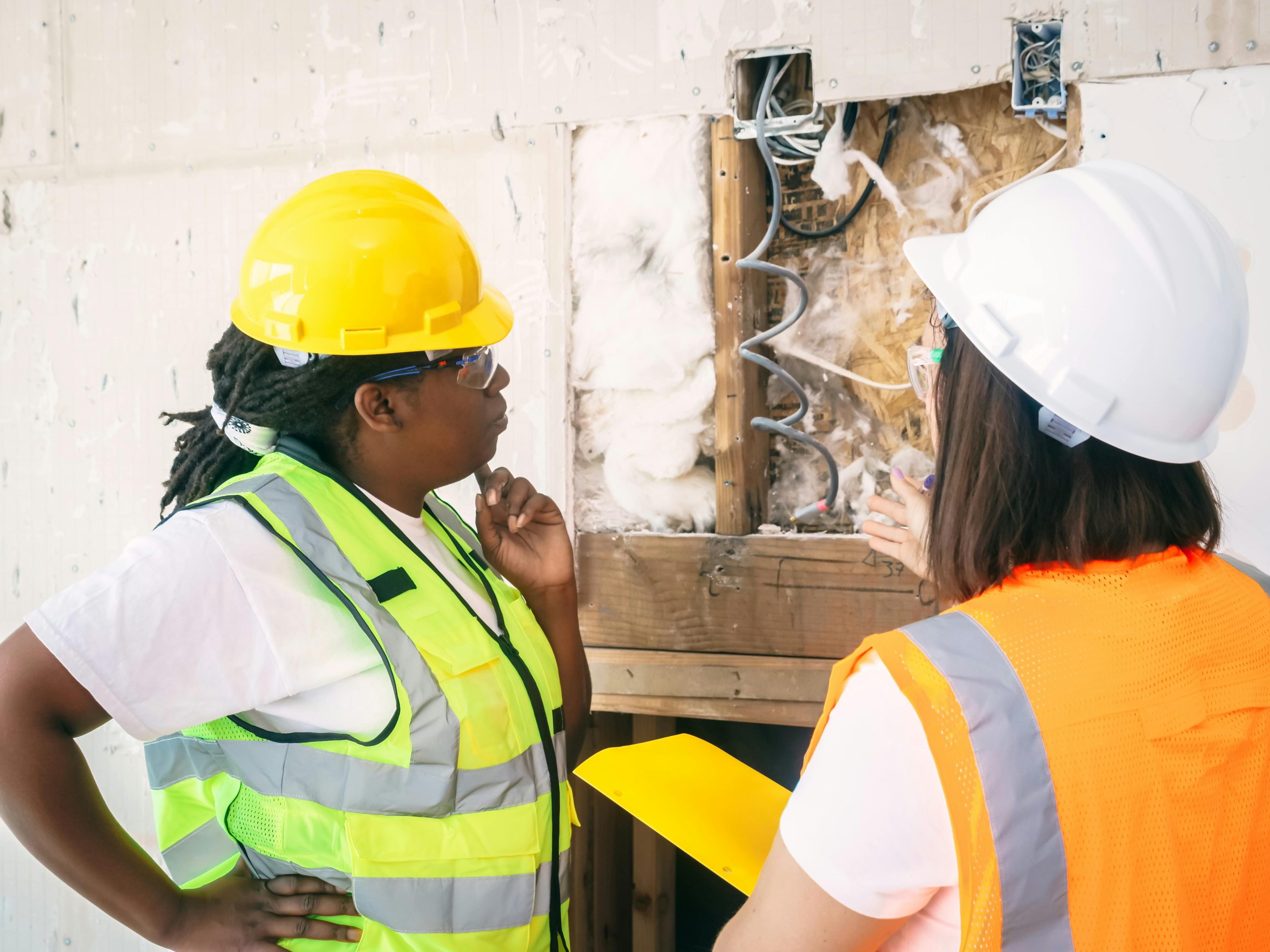Introduction
In every industry, Workplace safety communication plays a vital role in protecting employees and promoting a culture of awareness and prevention. Businesses that prioritize effective safety communication experience fewer accidents, higher morale, and stronger compliance with regulations. Whether your company is in construction, healthcare, manufacturing, or corporate services, establishing strong communication protocols can significantly reduce risks. This article explores best practices that every business should adopt to ensure effective workplace safety communication.
Why Workplace Safety Communication Matters
Effective workplace safety communication is more than just posting warning signs or handing out manuals. It’s an ongoing, strategic process of sharing relevant safety information clearly and consistently.
Reduces Accidents and Injuries
Clear workplace safety communication helps prevent accidents by ensuring that employees understand hazards, protocols, and emergency procedures.
Encourages Employee Involvement
Employees are more likely to report unsafe conditions or near-misses when workplace safety communication is open, two-way, and non-punitive.
Enhances Compliance
OSHA and other regulatory bodies require businesses to maintain proper safety documentation and training. Strong workplace safety communication ensures compliance and avoids costly fines.
Best Practices for Effective Workplace Safety Communication
1. Establish a Safety Communication Plan
Developing a detailed plan is the foundation of successful workplace safety communication.
- Define key safety messages.
- Choose appropriate communication channels.
- Assign roles and responsibilities for delivering safety information.
2. Use Multiple Communication Channels
Not every employee receives information the same way. Utilize various tools for workplace safety communication, such as:
- Digital signage
- Email newsletters
- Toolbox talks
- Mobile apps
- Safety bulletin boards
3. Train Supervisors and Managers
Leaders must model and enforce safety standards. Provide training focused on:
- Leading safety meetings
- Addressing employee concerns
- Delivering clear workplace safety communication
4. Encourage Two-Way Communication
Encouraging feedback and questions fosters a strong safety culture. An effective workplace safety communication strategy must include:
- Anonymous reporting systems
- Open-door policies
- Regular Q&A sessions
5. Keep Messages Clear and Concise
Confusing instructions can lead to accidents. All workplace safety communication should use simple language and visual aids when necessary.
Tailoring Communication to Your Workforce
Address Language and Cultural Barriers
Many workplaces are multicultural. Adapt workplace safety communication materials to the languages and literacy levels of your team.
Consider Shift Schedules
Ensure that safety updates and training reach all shifts. This may require separate meetings or recorded messages to maintain consistent workplace safety communication.
Leveraging Technology for Safety Communication
Technology can enhance workplace safety communication by making it faster and more interactive.
- Mobile safety apps with push alerts
- Digital checklists for hazard identification
- QR codes linking to instructional videos
Using these tools ensures workplace safety communication is timely and accessible.
Measuring the Effectiveness of Safety Communication
Evaluating your strategy ensures continuous improvement.
Track Key Metrics
Use data to measure the success of your workplace safety communication efforts:
- Number of incidents before and after new communication tools
- Participation in safety meetings
- Employee survey responses
Adjust Based on Feedback
Regularly refine your approach to ensure that your workplace safety communication remains effective and relevant.
Building a Culture Around Workplace Safety Communication
Recognize Positive Behavior
Celebrate teams or individuals who exemplify strong safety practices. This reinforces the value of workplace safety communication.
Make Safety Everyone’s Responsibility
When all employees understand that workplace safety communication is part of their job, the workplace becomes safer for everyone.
Conclusion
Strong and consistent workplace safety communication is a cornerstone of a healthy, productive, and compliant workplace. From building robust safety plans and training leadership to utilizing technology and encouraging open dialogue, the methods discussed here are essential for reducing risk and enhancing overall safety culture. Every business—regardless of size or industry—should adopt these best practices to protect their workforce and thrive in today’s demanding environments. Prioritizing workplace safety communication is not just a regulatory requirement—it’s a strategic advantage.



